1. Community-driven decision-making - A perfect combination of participation and interest binding
One of the highlights of the GMT token burning plan is its community-driven decision-making mechanism. By open voting to decide whether to burn 600 million repurchased GMT tokens, GMT DAO empowers users with the right to actually control the future direction of the project. This sense of participation not only ensures that the voices of community members are heard but also incentivizes more users to engage in the voting process through interest binding.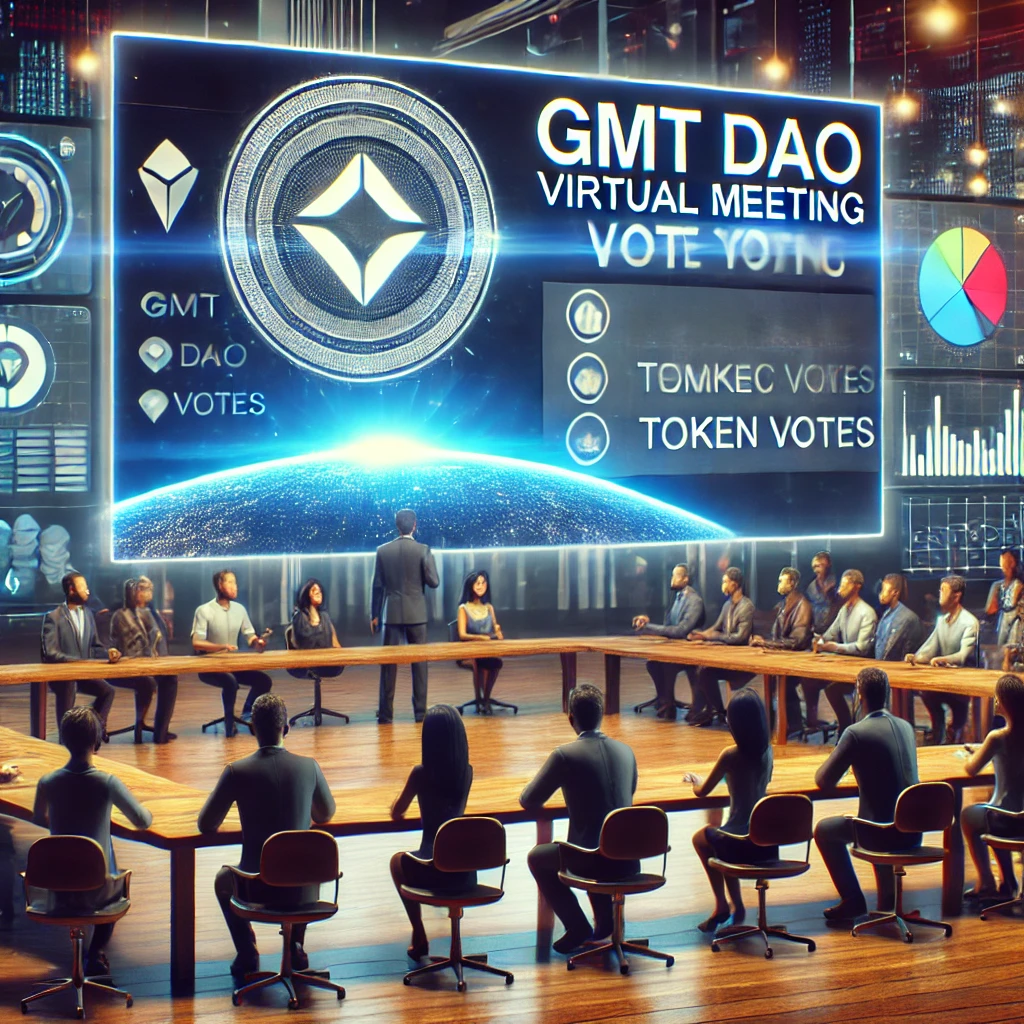
This participation mechanism and incentive strategy make users feel that they are not only token holders but also a part of the GMT ecosystem. In the voting process, the 100 million GMT rewards that users share are not only short-term direct gains but also a return for long-term loyalty. This combination of shared interests and delegated rights is particularly important for the long-term development of the ecosystem. Through such a participatory approach, GMT is able to form a strong and sticky user community, truly transforming users from bystanders into active builders of the ecosystem.
2. Enhancing token scarcity - The linkage between supply contraction and market value
The burning mechanism serves the core purpose of reducing the circulating supply of any token, thereby creating potential upward pressure on prices. In this burning plan for GMT tokens, if the community decides to destroy these 600 million tokens, it means a significant contraction of the total circulating supply. Combined with past token destruction plans, GMT has already burned a considerable amount of tokens, and this destruction may have a profound impact on the long-term value of the token.
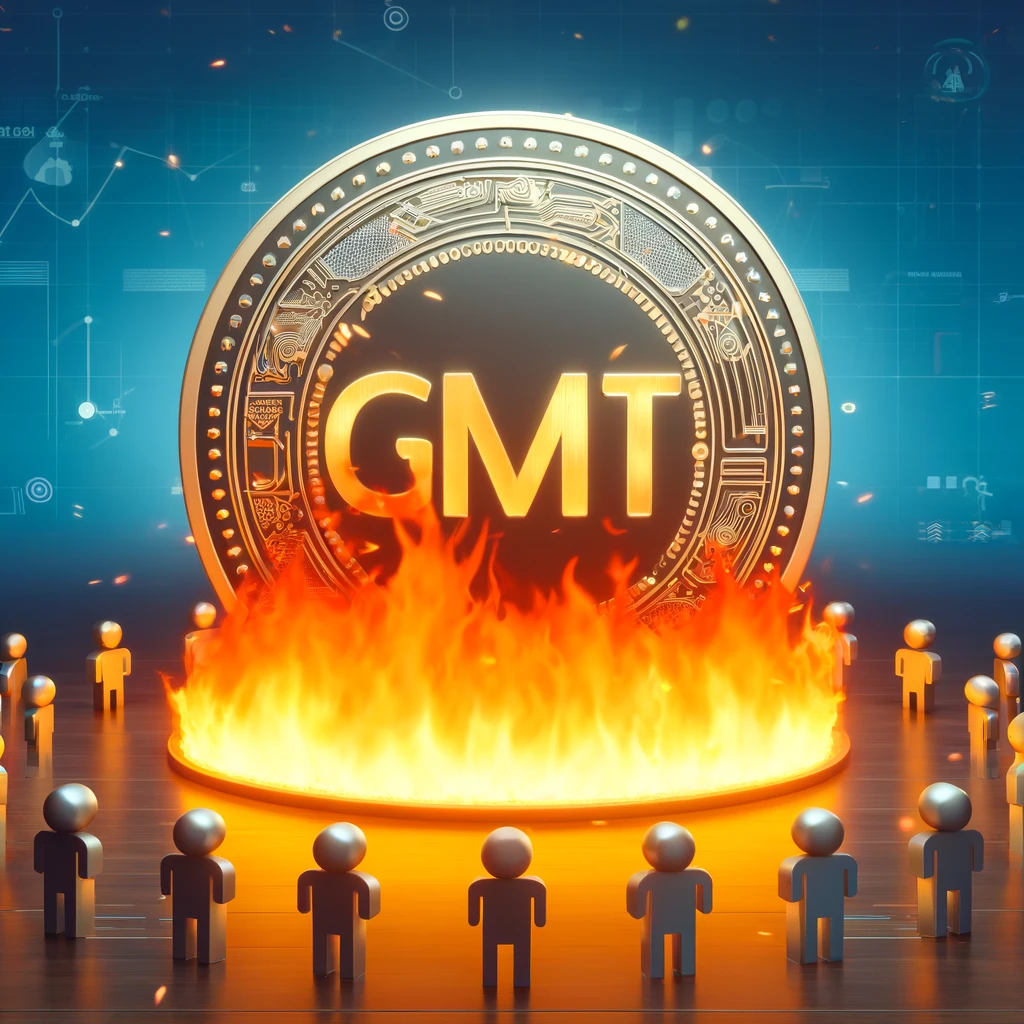
From an economic perspective, token burning increases scarcity by reducing the total supply, which is one of the important factors driving price increases. However, whether this scarcity can truly translate into value still relies on the actual development of the ecosystem and the expansion of application scenarios. If GMT can continue to expand its application scenarios with the support of its partners, such as cooperation with STEPN and integration with cross-chain DEX, then the value brought by scarcity will be more sustainable.
3. Diversified application scenarios - Ecosystem integration and token value support
In the GMT ecosystem, the diverse application scenarios of the token provide solid value support. From STEPN to the MOOAR NFT platform, and to the DOOAR cross-chain DEX, GMT is not just a trading token, but has become an important tool for value exchange and governance within the entire ecosystem. This diversification of application scenarios offers substantial support for GMT's value, enabling it to grow not only through market speculation but also through actual usage demand.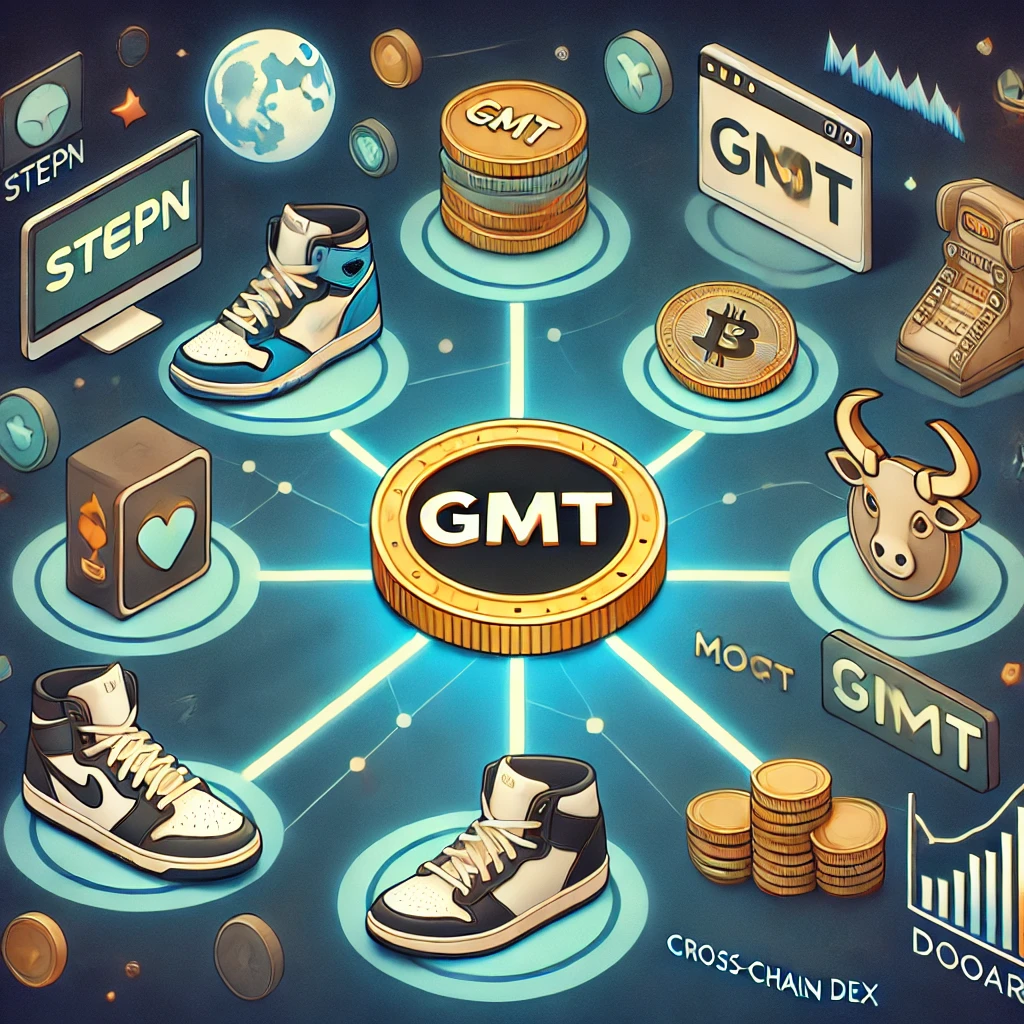
Especially with long-term collaborations between GameFi products like STEPN and well-known brands like Casio and Adidas, GMT can connect with real-world products and users. This collaboration not only expands GMT's influence but also increases user demand for token usage, creating a positive cycle. In this way, the ecosystem value of GMT continues to strengthen, and the scarcity brought by the burning plan gains more practical significance.
4. Innovative attempts in token economics - A closed-loop incentive from locking to staking
The locking mechanism in the BURNGMT plan is also an important manifestation of this innovation in token economics. By locking tokens for 60 days through a voting mechanism, users reduce the supply in the circulating market, bringing stability to the market. This move effectively alleviates the pressure of market sell-offs, providing a certain level of support for the token price.
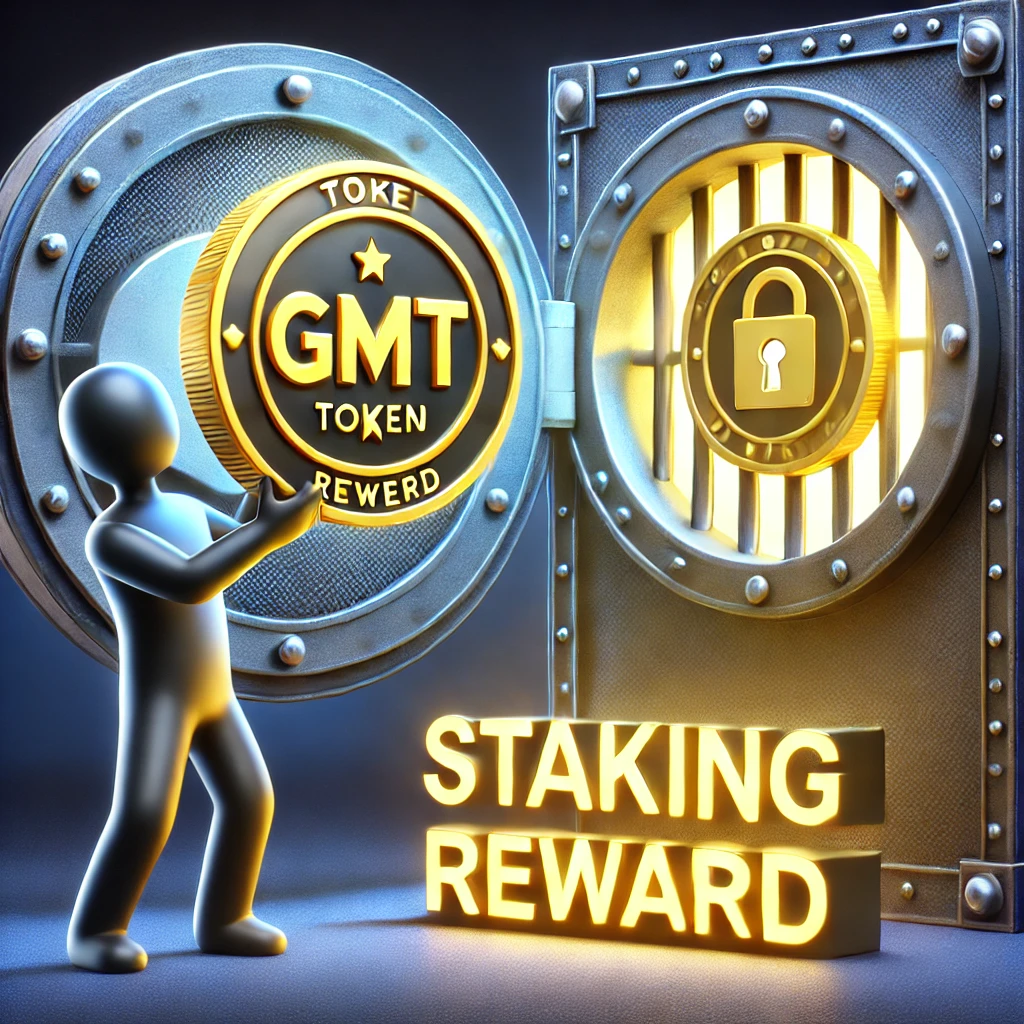
At the same time, the introduction of staking rewards further incentivizes users to hold GMT tokens for the long term. This dual incentive mechanism of locking and staking not only reduces the circulating supply in the short term but also enhances user engagement through the reward mechanism, increasing the willingness to hold in the long term. For GMT, this closed-loop incentive mechanism can effectively improve market stability and user loyalty, laying a foundation for the long-term development of the ecosystem.
5. Looking to the future - Challenges and opportunities for the GMT ecosystem
Although this burning plan and the locking voting mechanism have potential positive effects on the price of GMT tokens and their ecosystem, the challenges in the future cannot be overlooked. Firstly, the long-term growth of the token price depends on the continuous expansion of the ecosystem and the richness of application scenarios. If the ecosystem develops slowly, the token's scarcity may only remain superficial and may struggle to translate into actual value.
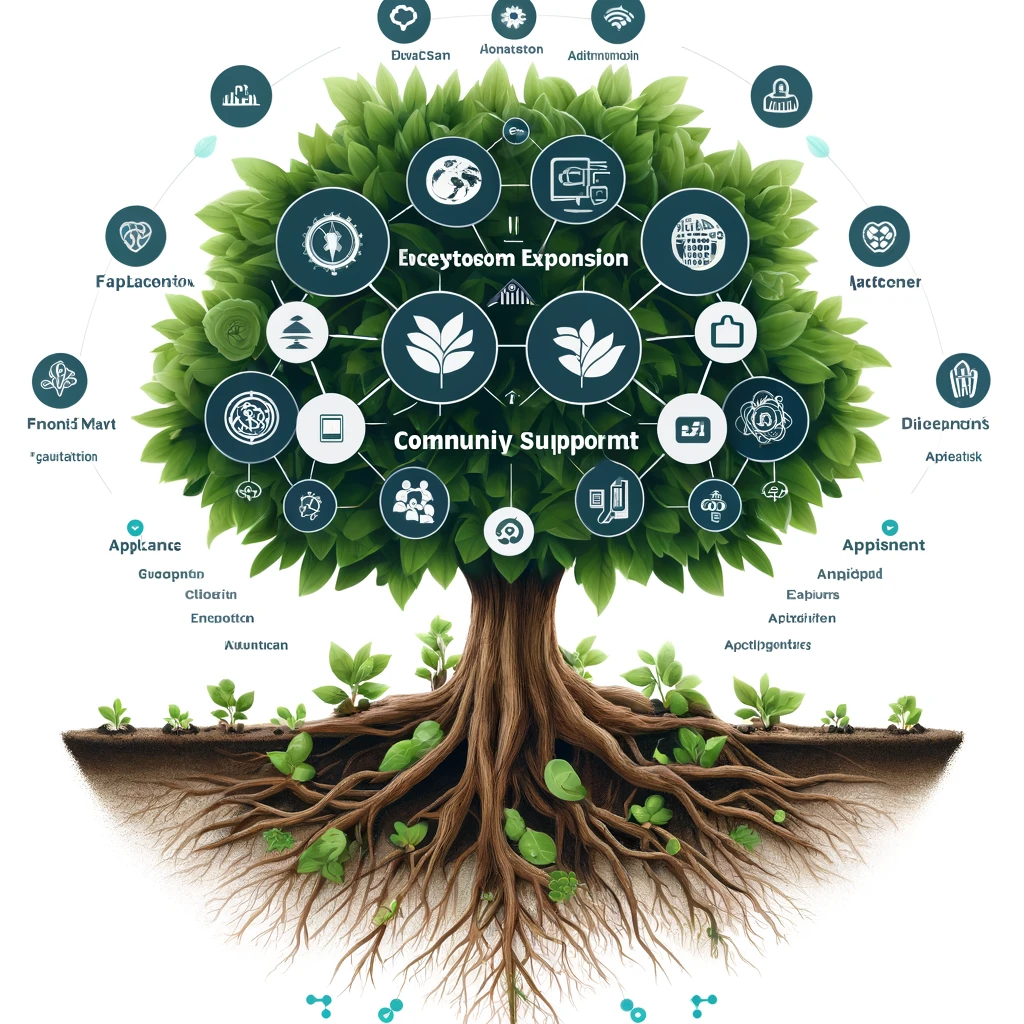
However, the GMT team is clearly aware of this. They actively promote GMT to become an important part of more application scenarios by continuously expanding the ecosystem and increasing the usage scenarios of the tokens, such as cross-chain DEX, NFT platforms, and GameFi projects. The success of this strategic layout will directly determine GMT's future market performance and ecological vitality.
In summary, the GMT token burning plan is not only an adjustment for supply and demand balance but also a comprehensive reflection of community governance, innovation in token economics, and the evolution of the ecosystem. Its success depends on user participation, ecosystem expansion, and the team's execution capability. If these factors can progress simultaneously, GMT will not just be a token but will become a core pillar of a powerful ecosystem.





